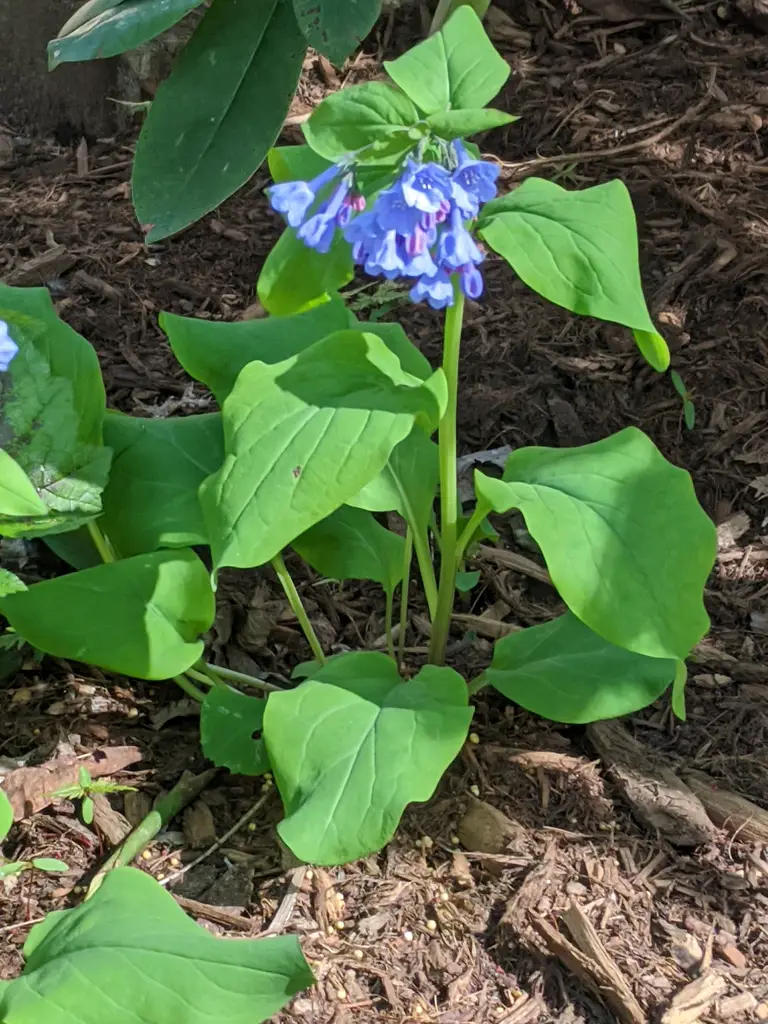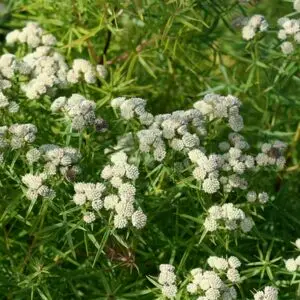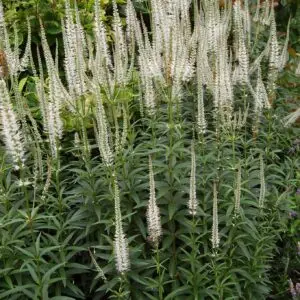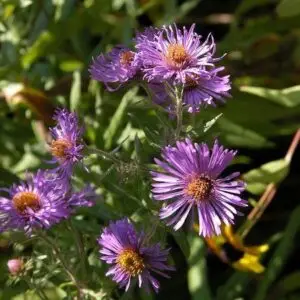| Size | Trade Gallons for Preorder Only, Two Gallons, Three Gallons |
|---|
Mertensia virginica – Virginia Bluebells(B&B.BW.DRGHT.H.MTH.NB.OP.RR)
Ecosystem Services:
(B)-Birds (B&B)-Birds & Butterflies
(BTF)-Butterflies (BW)-Black Walnut Resistant
(DR)-Deer Resistant (DRGHT)-Drought Resistant
(EC)-Erosion Control (EVR)-Evergreen
(FC)-Fall Color (FRG)-Fragrant
(GRD)-Groundcover (H)-Host plant
(HMR)-Hummingbirds (M)-Mammals
(MTH)-Moths (N)-Nectar
(NB)-Native Bees (NST)-Nesting Material
(OP)-Other pollinators (RR)-Rabbit Resistant
(SHWY)-Showy (SPC)-Specimen Plant
Virginia Bluebells are native herbaceous perennial wildflowers. They flower when the spring weather is warm and inviting, beckoning gardeners to come outdoors to see their subtle beauty, before going dormant in mid-summer.
In early spring, they emerge and grow in compact clumps and are up to 2 feet tall. The foliage is initially purple and turns green very quickly. The leaves are oval, smooth, bluish-green to grayish-green, and 2 to 8 inches long. The pink buds open and reveal delicate, pendulous, slightly fragrant, blue bell-shaped blooms. Flowering occurs, depending on the location, from March to May and lasts about 3 weeks. The closed blooms look like deflated pink balloons. The plants go dormant in mid-summer.
Virginia Bluebells are native to eastern Canada and the central and eastern United States. Naturally, they can be found in nutrient-rich, moist soils of floodplain forests and thickets.
These plants grow best in deep to partial shade and moist, well-drained rich humus. They self-seed and colonize. They can be difficult to propagate. It may be best to purchase bare roots, but it is sometimes difficult to find them in trade. Dividing plants in spring, or taking root cuttings in the fall may be attempted.
Virginia Bluebells are stunning when growing in mass plantings around trees, shrubs, or woodland settings. They are a favorite woodland wildflower. In the landscape, they will need to be planted with other shade-loving perennials that will emerge as the Virginia Bluebells go dormant mid-summer.
Host plant for three moth species.





